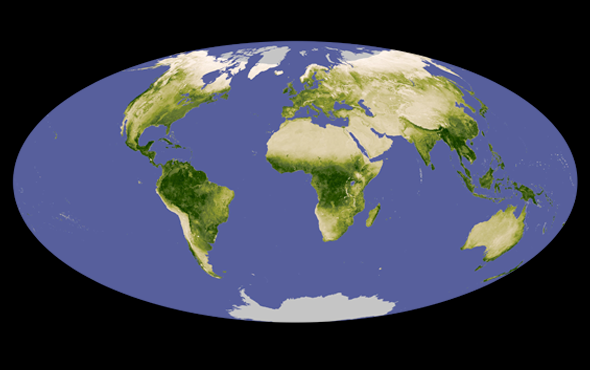PERU
A 6,000-year-old human skeleton found in the ancient coastal village of Paloma might be part of the oldest-known shark-attack victim. The skeleton's left leg is missing, and its right arm bears deep, distinctive bite marks.
ANGOLA
A desert plant called Welwitschia sports only two leaves—but can grow them continuously for millennia, with some specimens more than 3,000 years old. New research shows the species has many copies of metabolism- and cell-growth-related genes, helping it persist through periods of environmental stress.
GREENLAND
Scientists compiled evidence suggesting polar bears can use rocks or ice chunks to bludgeon walruses to death, supporting centuries-old Inuit reports. Although the practice likely is infrequent, it would help to more easily take down the huge, thick-skulled animals.
EGYPT
Archaeologists unearthed a 43-million-year-old fossil of a now extinct four-legged whale from part of the Sahara Desert that was once a vibrant sea. The 10-foot-long animal had a jaw like a crocodile's and lived both in water and on land.
JAPAN
Researchers successfully bred mice from freeze-dried sperm shipped 200 kilometers from Kyoto to Kofu on a postcard via standard mail delivery. Their new preservation process will let scientists at different institutions efficiently share specialized mouse genotypes without freezing agents or breakable glass vials.
AUSTRALIA
A detailed new soil map of Canberra will help police pinpoint where a sample of dirt originated. The data set has more than 100 variables, including pH, color and chemical makeup, which can link soil found on evidence or suspects to a specific location.

